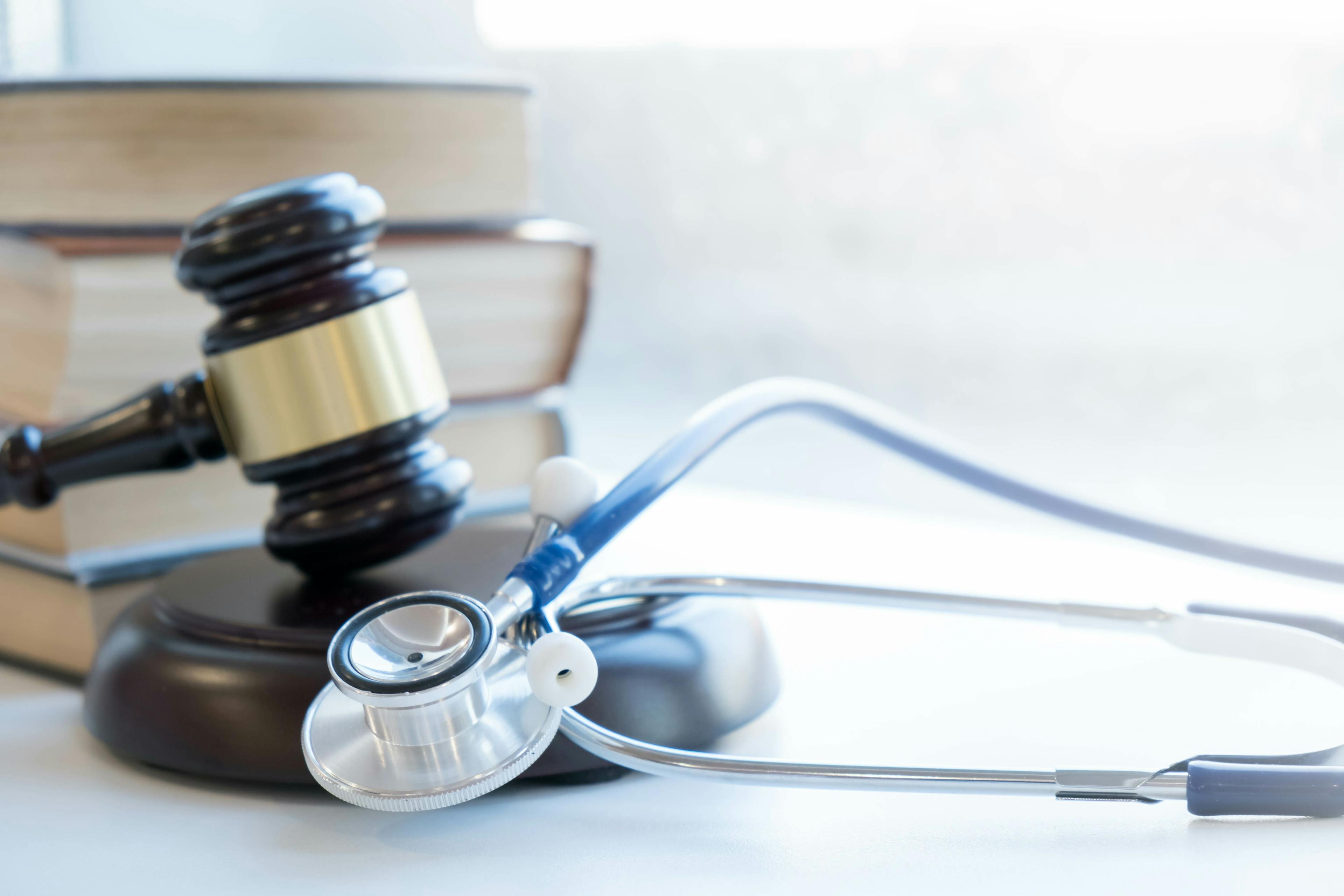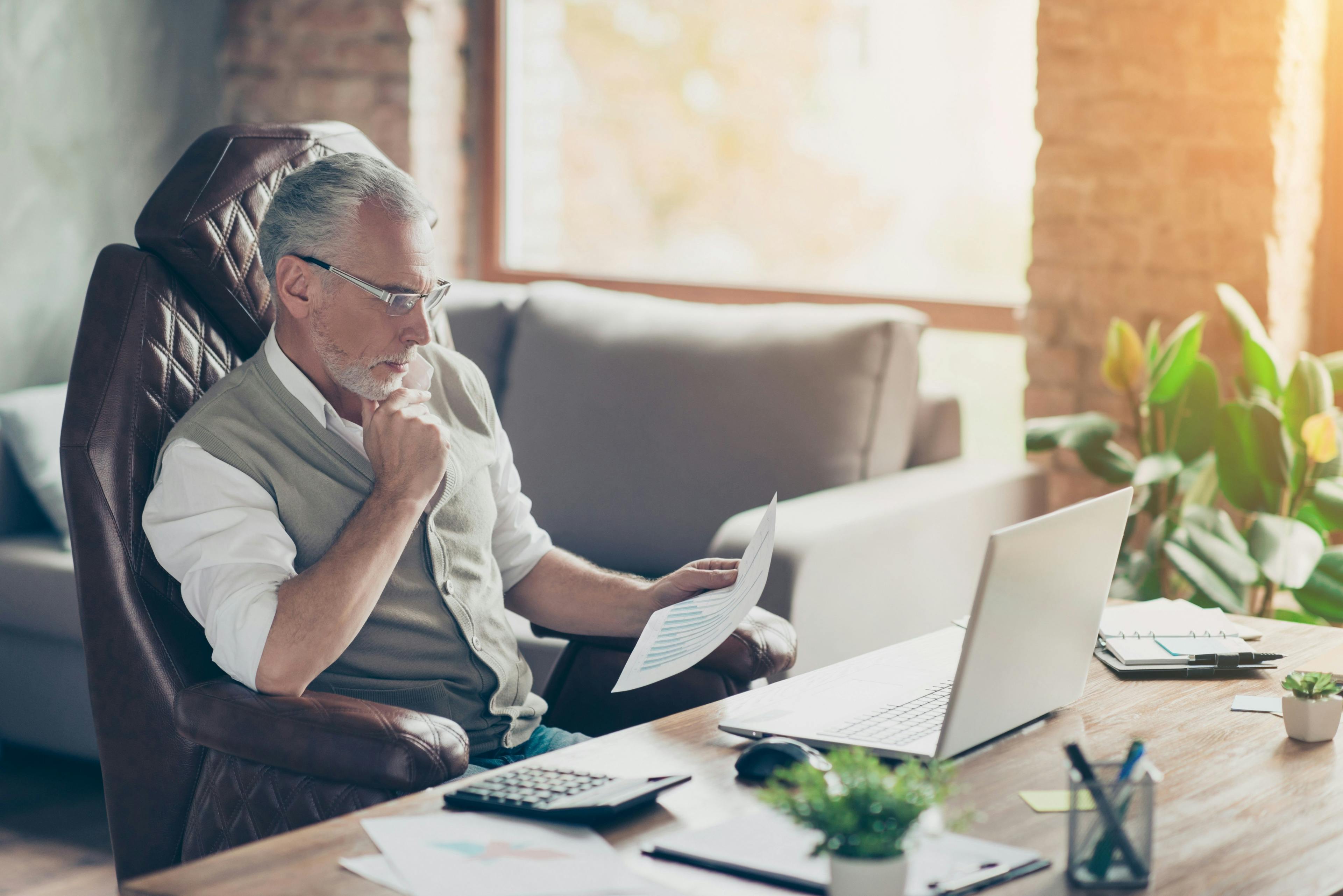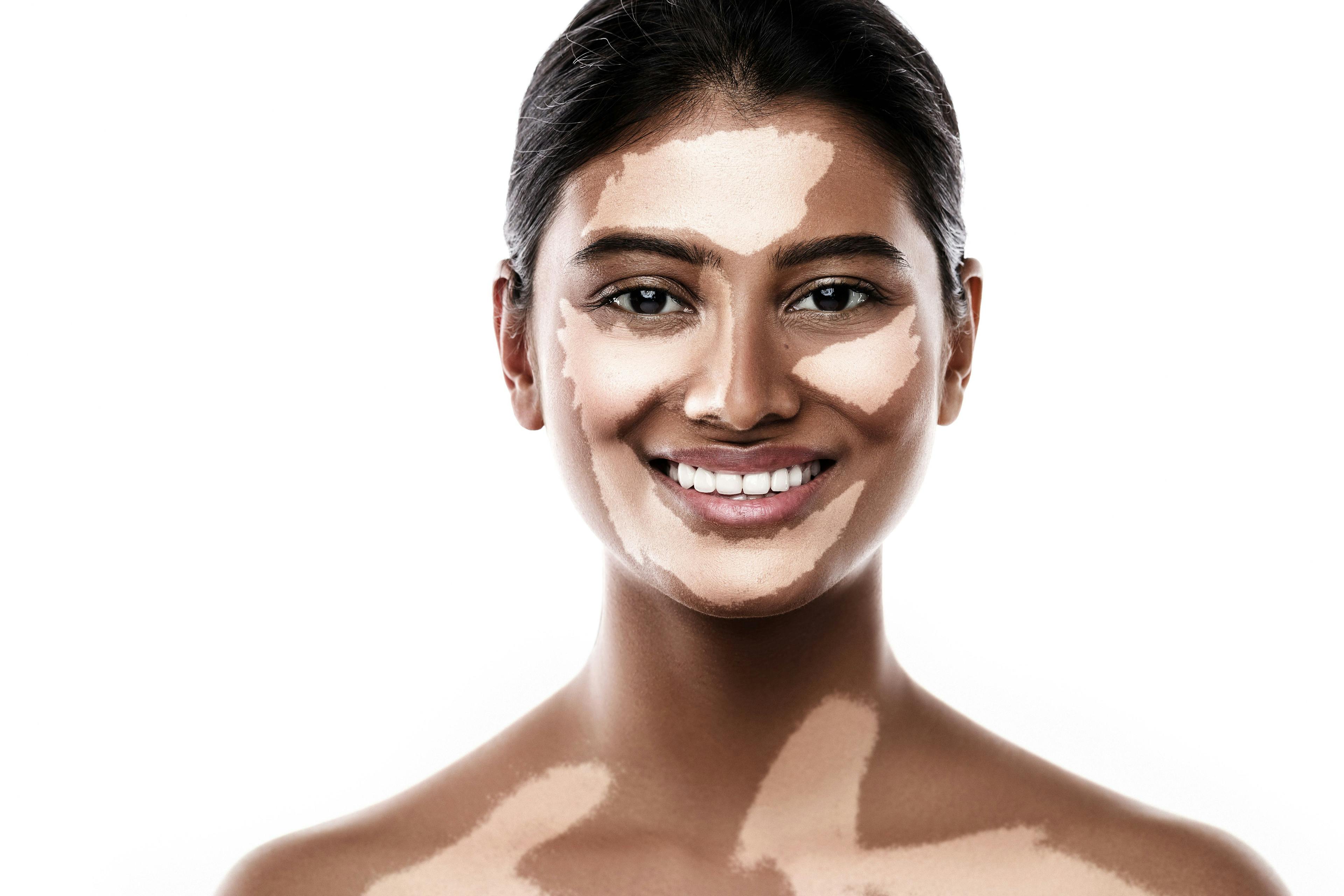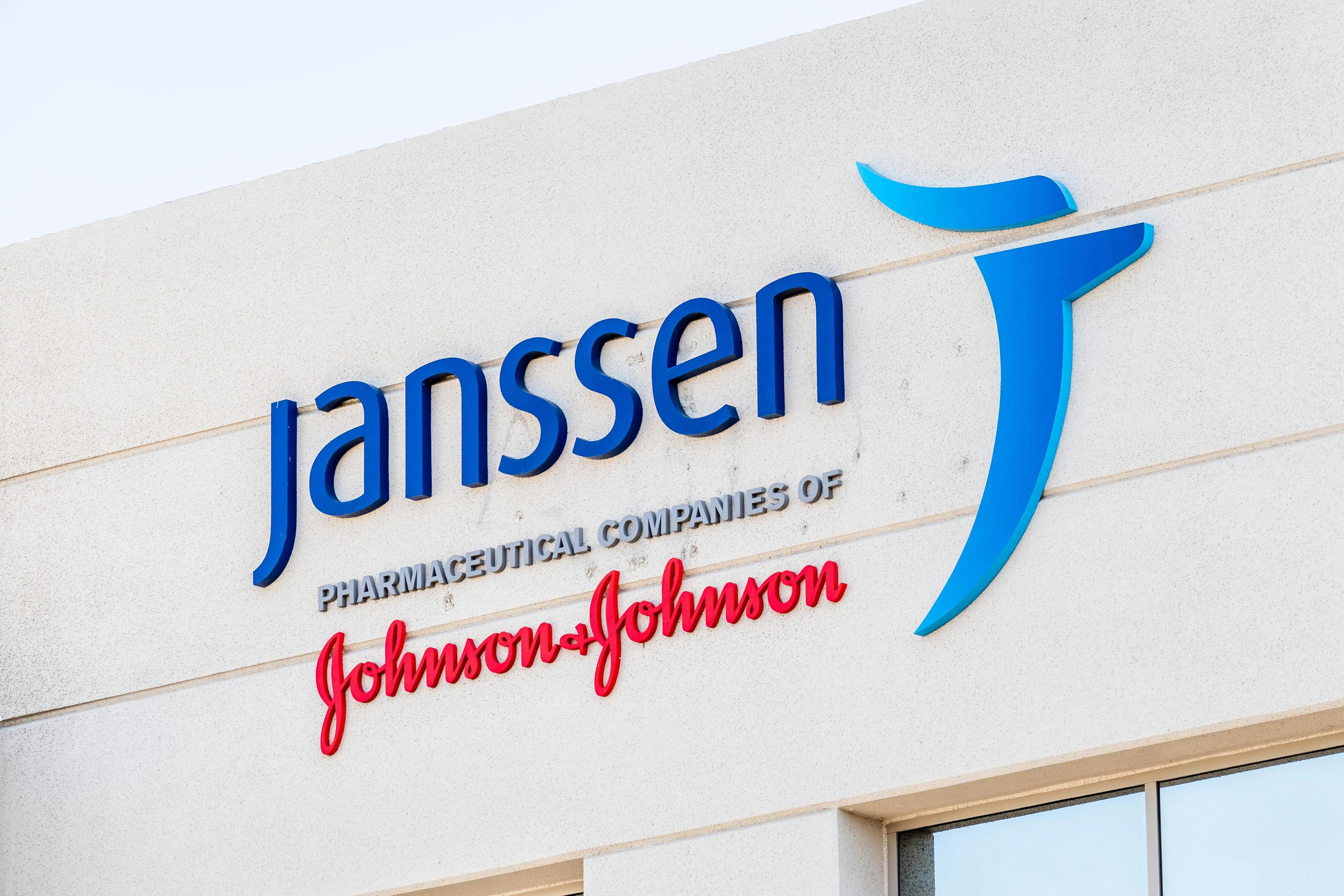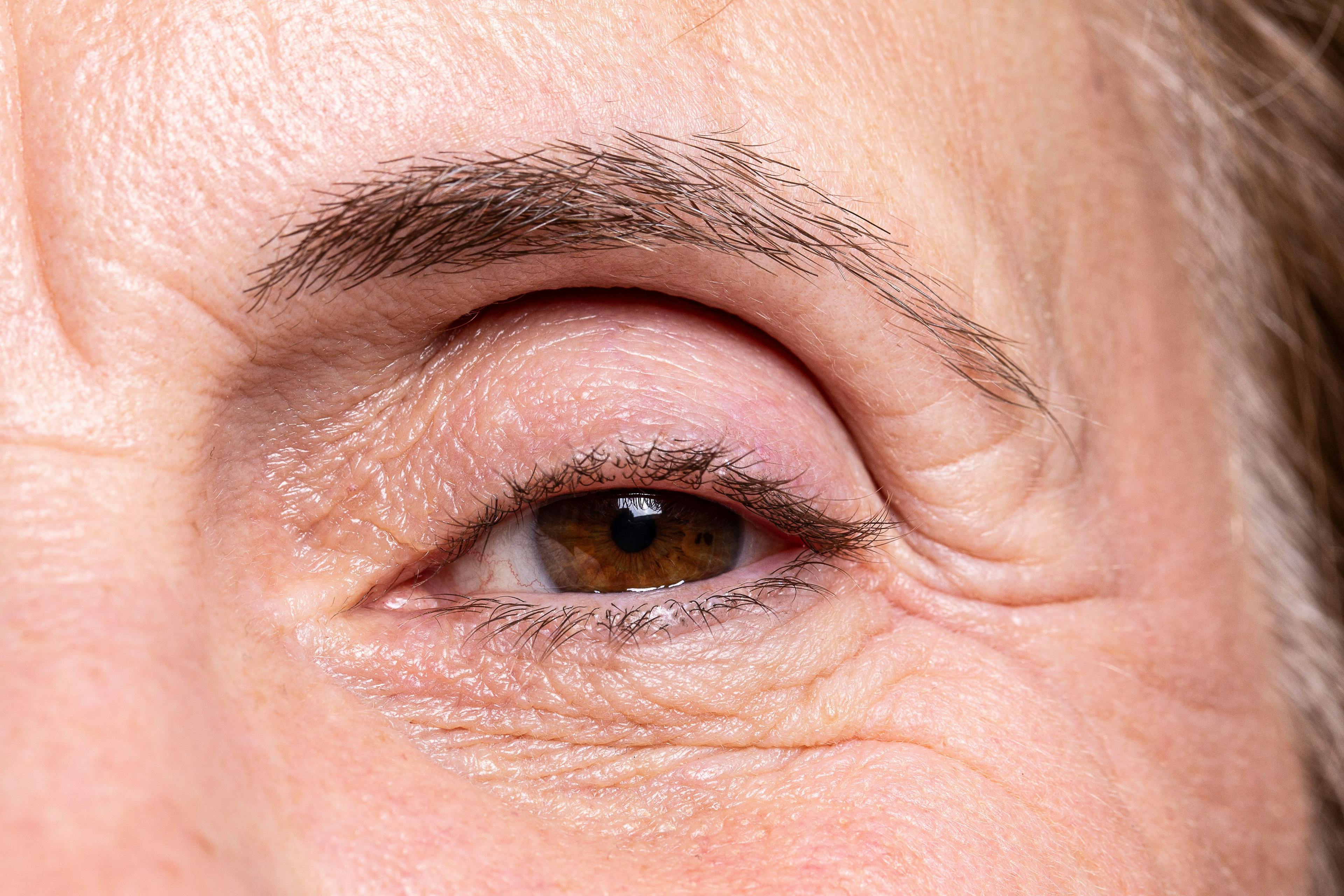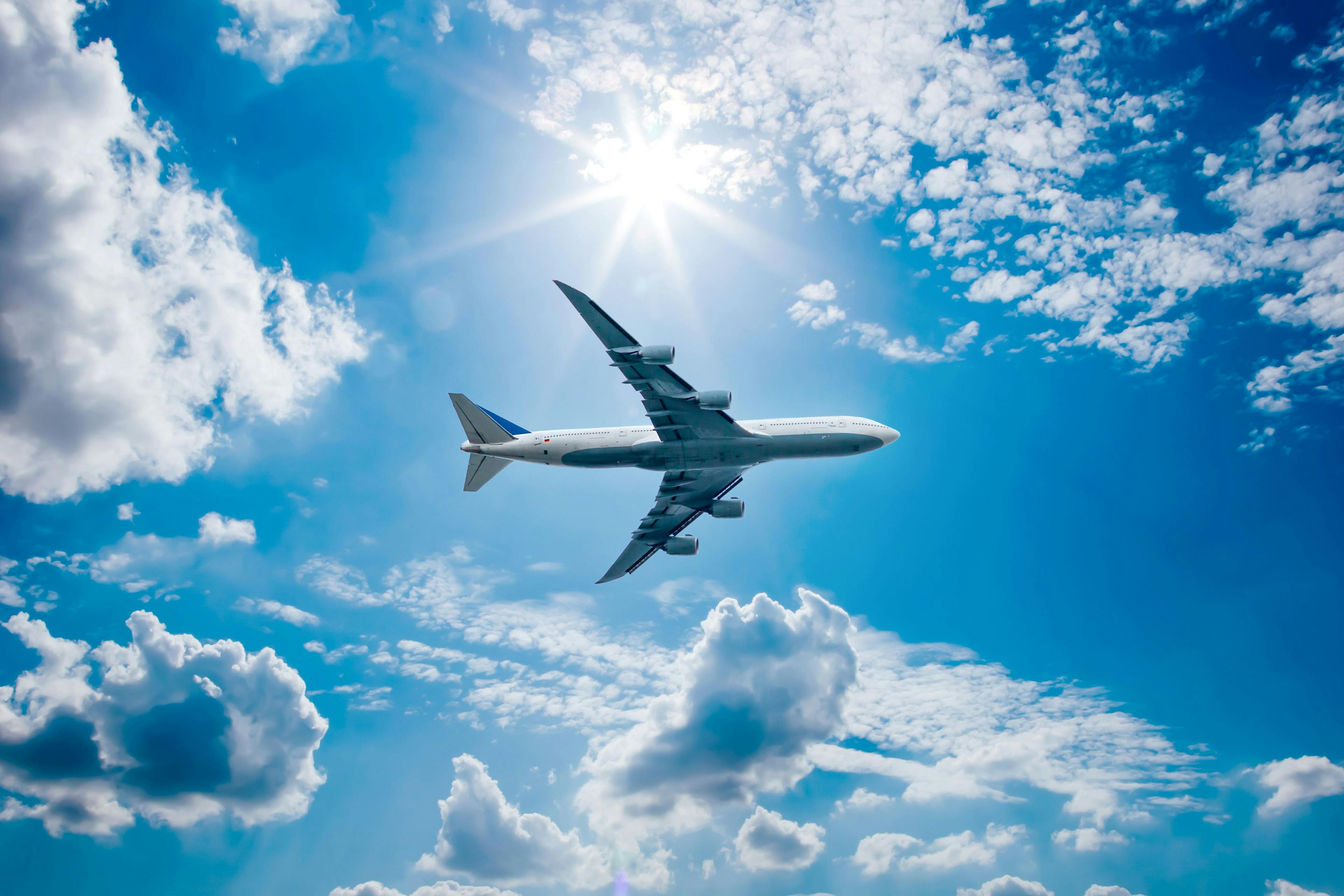- Acne
- Actinic Keratosis
- Aesthetics
- Alopecia
- Atopic Dermatitis
- Buy-and-Bill
- COVID-19
- Case-Based Roundtable
- Chronic Hand Eczema
- Chronic Spontaneous Urticaria
- Drug Watch
- Eczema
- General Dermatology
- Hidradenitis Suppurativa
- Melasma
- NP and PA
- Pediatric Dermatology
- Pigmentary Disorders
- Practice Management
- Precision Medicine and Biologics
- Prurigo Nodularis
- Psoriasis
- Psoriatic Arthritis
- Rare Disease
- Rosacea
- Skin Cancer
- Vitiligo
- Wound Care
Publication
Article
Dermatology Times
Aircrews Face Increased Risk of Developing Skin Cancer
Author(s):
Frequent fliers, including pilots and cabin crew, are exposed to greater levels of UV and cosmic ionizing radiation than the general population, leading to higher incidence of skin cancers.
One of the more challenging occupations regarding increased risk of skin cancer is aviation; aircrews are exposed to skin-damaging radiation and may face limited access to dermatological consultations. Each year, about 6.1 million adults are treated for basal cell and squamous cell carcinomas, making skin cancer one of the most common forms of cancer in the US. Sex, skin color, family history, immunosuppression, and age affect the risk of skin cancer; reducing exposure to radiation lowers the risk of developing skin cancer in the future. A critical risk factor is overall lifestyle and occupational exposure to the sun.
ImageSine/Adobe Stock

Exposure Risks
Frequent fliers, including pilots and cabin crew, are exposed to greater levels of UV and cosmic ionizing radiation (CIR) than the general population, leading to higher incidence of skin cancers. With an estimated 22.2 million flights worldwide, pilots are limited to 1000 h/y, supported by flight attendants up to 90 h/mo. Compared with the average 50 h/y for the average flier, aircrew are exposed to a significant amount of radiation.
UV radiation, measured on a scale from 1 to 11, is nonionizing radiation emitted by the sun. UV rays can penetrate the skin and damage DNA, increasing the risk of developing cancer. Although all aircrafts are equipped with windshields, protection from UV rays varies by aircraft, as do the materials and environmental conditions during flight, causing inconsistencies in exposure. For example, some windshields will block against UV-B rays, yet allow UV-A rays to penetrate. In other instances, increased altitude, snow, or cloud reflection during flight may increase overall UV radiation intensity. With every additional 900 m of altitude above sea level, there is a 15% increase in radiation intensity, translating to 2 times the intensity on the plane than on the ground. The reflective properties of snowfields and thick cloud covers reflect up to 85% of UV radiation. Aircrew flying for an hour at 30,000 ft receive the same amount of UV-A radiation as a 20-minute tanning bed session.
CIR is also known to cause cancer. Compared with UV, CIR is more harmful as it can cause atoms to lose electrons or break their nuclei. It can penetrate air, water, living systems, and thin materials. For the general population, small amounts reach the earth as the atmosphere and magnetic field shield against it. With higher altitudes and more polar latitudes, this protection decreases, and exposure risks increase.1 A meta-analysis conducted by Sanlorenzo et al2 reported that based on higher levels of cosmic and UV radiation exposure, pilots and airline crew are at approximately 2 times the incidence of melanoma as the general population. Although aircrew are exposed to higher levels of radiation, both UV and CIR, they are not classified as radiation workers in the US. Aircrew specifically are exposed to CIR at higher levels, ranging from 0.2 to 5 mSv/y. To put this in perspective, 0.1 mSv of CIR is comparable to 1 chest x-ray.3
Education and Prevention
The general population flying on average 50 h/y should be aware of their exposure to increased radiation at elevation, but their daily life habits most likely have more of an impact. In educating cabin crew on the risks, knowing the patient’s specific employment exposure is vital.
Flight attendants get exposed to slightly more radiation than flight captains, as captains’ windshields are sometimes better at shielding radiation than passenger windows. Flight routes also alter the exposure intensity, as crews flying at lower altitudes or closer to the equator experience 2 to 3 times less CIR exposure as those flying at higher altitudes and closer to the poles. As with UV, CIR is also affected by elevation. Day or night, ionizing radiation is present when flying above 20,000 feet; therefore, exposure is measured in hours spent at altitude rather than time of day.
Combined UV and CIR exposure puts aircrew at a significantly higher risk for skin cancers than the general population. Airlines should educate their employees on the occupational risks, emphasize full-body self-examinations, and provide affordable access to dermatology and oncology practices. The best way to prevent serious complications from skin cancer is early detection. Aircrew lifestyle puts them at a disadvantage for consistent check-ups, but scheduling time with a primary care provider (PCP) that utilizes companies like Modern Ritual Health, which evaluate suspicious lesions through dermoscopy, is essential in early detection and care navigation. Checking for changes in the appearance of a mole or spots, nonhealing lesions, scaly patches, and changes in fingernails or toenails are all signs of skin cancer that warrant a checkup.
Dermatologists with aircrew as patients should emphasize wearing broad-spectrum sunscreens with a sun protection factor (SPF) of 30+, reapplying every 2 hours, and consider covering skin if uniforms allow. Opting for shorter flights at lower altitude and close to the equator will also reduce exposure. Providing patients with education and affordable access to dermatology care is key in preventing skin cancers. Credible dermatology providers are also utilizing social media to share information on platforms like TikTok and Instagram.
Although not often thought of as an occupational health hazard, aircrews face increased incidence of skin cancers due to radiation exposure. Aircrews, airlines, and dermatologists can take proactive steps, but awareness and access are necessary. UV and CIR in aviation result in skin cancers through slow accumulation, similar to how many sunburns at a young age will have lasting damage over 50 years. Dermatologists and airlines should educate aircrew on minimizing exposure, such as using a tinted broad-spectrum SPF 30+; reapplying every 2 hours to areas not covered by clothing; and opting for shorter, lower-altitude flights. The exposure aircrews experience is incremental and may not manifest for years. Occupations that require frequent travel may make it more challenging to schedule consistent checkups with a dermatology provider. New and emerging technologies such as mole mapping at home, virtual appointments, or other offerings may help expand access to early detection and screenings.
Beth Goldstein, MD
Elianna Goldstein
Katherine McKay
Beth Goldstein, MD, is a board-certified dermatologist and Mohs surgeon, the cofounder of Modern Ritual Health, and president and founder of Central Dermatology Center in Chapel Hill, North Carolina, as well as an adjunct clinical associate professor at the University of North Carolina at Chapel Hill.
Elianna Goldstein is cofounder and CEO of Modern Ritual Health in Chapel Hill, North Carolina.
Katherine McKay is a student in the Biomedical Sciences Master’s Program at the University of Pittsburgh School of Medicine in Pennsylvania, as well as an intern at Modern Ritual Health.
References
- Scheibler C, Toprani SM, Mordukhovich I, et al. Cancer risks from cosmic radiation exposure in flight: a review. Front Public Health. 2022;10:947068. doi:10.3389/fpubh.2022.947068
- Sanlorenzo M, Wehner MR, Linos E, et al. The risk of melanoma in airline pilots and cabin crew: a meta-analysis. JAMA Dermatol. 2015;151(1):51-58. doi:10.1001/jamadermatol.2014.1077
- National Council on Radiation Protection and Measurements. NCRP report no. 160: Ionizing radiation exposure of the population of the United States. 2009. Accessed August 21, 2023. https://ncrponline.org/shop/reports/report-no-160-ionizing-radiation-exposure-of-the-population-of-the-united-states/

Newsletter
Like what you’re reading? Subscribe to Dermatology Times for weekly updates on therapies, innovations, and real-world practice tips.


